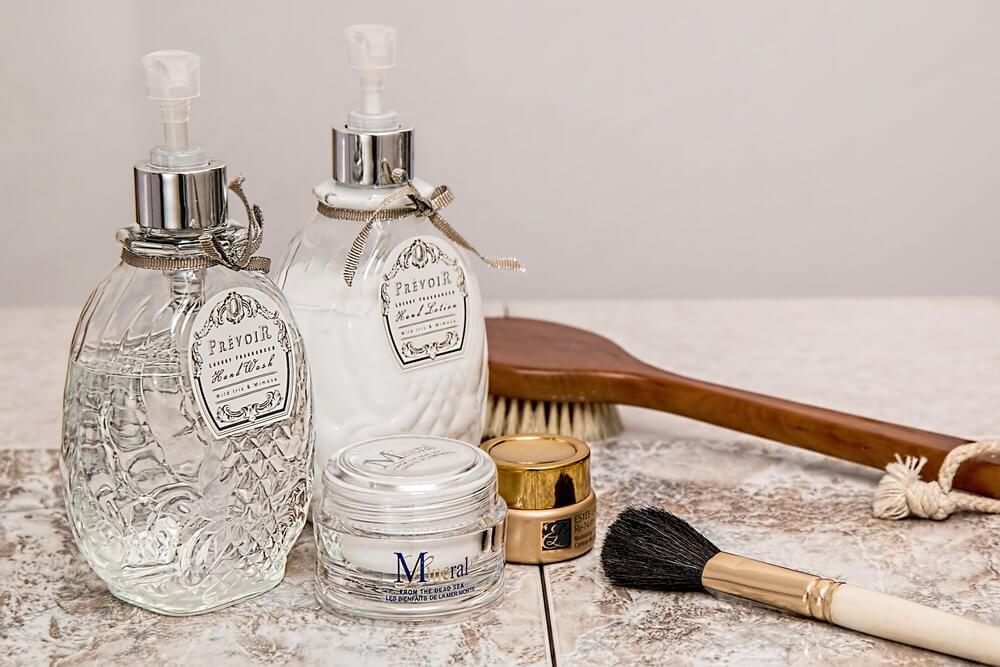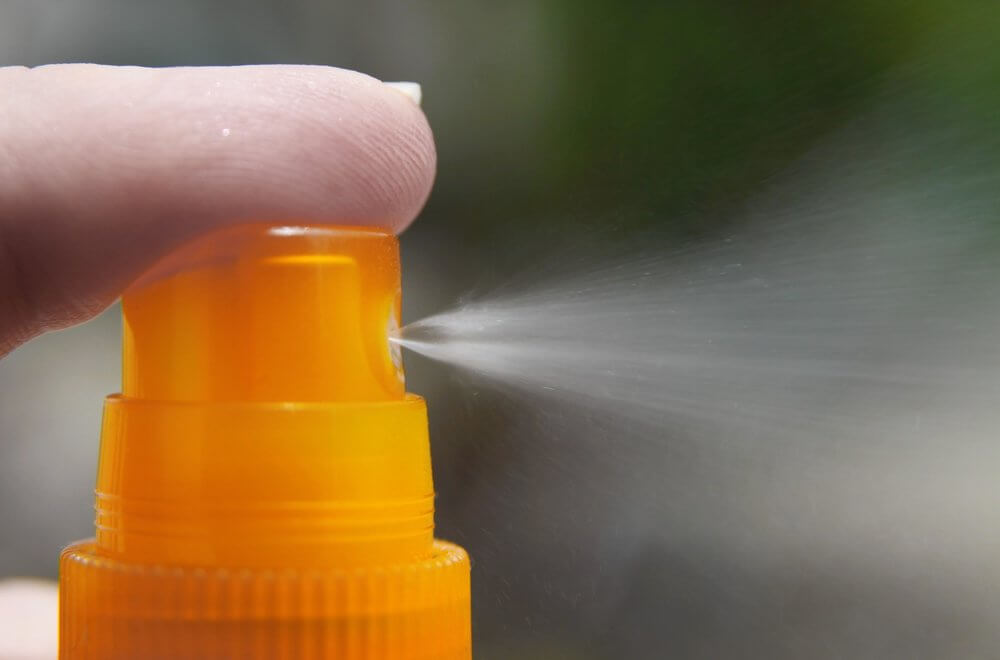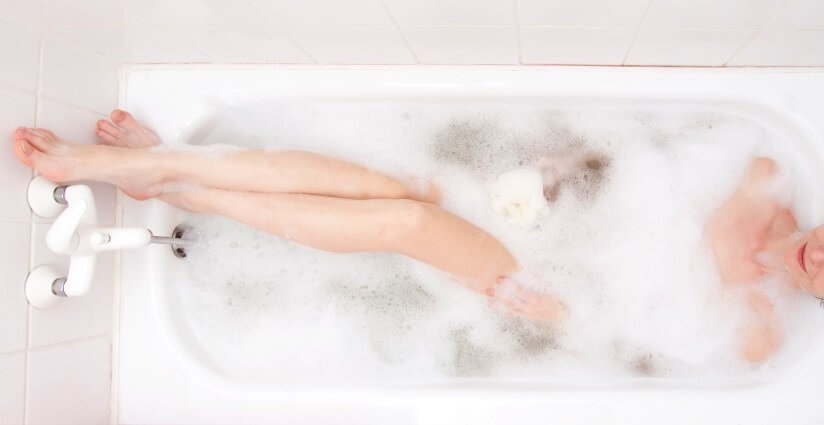These ingredients are most likely sitting on your shelf right now in your body care products. If you have seen the back (tiny, tiny little print) then maybe you’ve run across these. But here’s a few little facts about each of these ingredients at a quick glance.
If these are in your cabinet then don’t panic, just remember to go for a more natural replacement when you run out! Using body care products should do just that, care for your body. But not all ingredients in them are good for you or your skin.
Here are the top 10 toxic ingredients in your body care products you should keep an eye out for:
DEA/TEA/MEA
These are suspected carcinogens. They are used as emulsifiers and foaming agents for shampoos, body washes, soaps and give you that awesome sudsy lather. The suds are not necessary for the cleansing part of the product so it’s just an added marketing tool that helps you feel like the product is doing more. However, due to the fact that it is a possible carcinogen, it is best to avoid it in your beauty products.

Fragrance/Parfum
This category is broad because there are so many hidden chemicals, such as phthalates that can be hidden under this name. Some common side effects are headaches, dizziness, asthma, and allergies. Because these fragrances are in so many things, it’s often hard to pinpoint where these reactions are coming from, primarily if you use a few products a day.
Everything in the body care world is unscented. In fact, it might be harder to find something unscented than with perfume in it. The best way to look for products that don’t contain this is to use something that is more natural and has no scent listed or is marked unscented. [1]
Mineral Oil
This might sound harmless, but this is a by-product of petroleum. It can be found in lots of products including baby oil, moisturizers, styling gels. While it might feel ultra moisturizing, it also can impair the skin’s ability to release toxins by forming a film over it.
Mineral oils can feel silky, but more breathable oils will do the same thing for moisturizing your skin. Natural oils like jojoba, avocado and coconut oil are all good alternatives.
Parabens
This is used as preservatives in may products. It has been linked to cancer, endocrine disruption, reproductive toxicity and should be avoided when picking beauty products. [2]
Luckily, the information on parabens has been more widespread than other chemicals and you can now find body care products that proudly tote that they are free of this harmful chemical.
P-Paraphenylenediamine (PPD)
This chemical is used in hair products and dyes, but toxic to skin and immune system. Although you don’t apply it directly to the skin, the contact from applying these products can leach on to the skin and affect your immune system. [3]
With products like hair dye it’s almost impossible to keep it off of your scalp so it’s even more important to make sure it’s not in there.
Plus, keep in mind even if hair products do not initially make it on your skin, you sleep on a pillow that comes in contact with the rest of your face when you sleep. And when showering your hair you’ll be washing the product down and off your body as well.

Phthalates
This is banned in the EU and California, but when it comes to toys, this stuff is found in many fragrances, perfumes, deodorants, lotions. This chemical had been linked to endocrine disruption, liver/kidney/lung damage, cancer and should be avoided not only in children’s toys but in our beauty cabinet. [4]
This is another chemical that companies are doing a better job at avoiding. You might see labels saying no phthalates right next to the no parabens now. These two are widely used and more and more companies want to show they are not putting it in their products.
Placental Extract
This is used in some skin and hair products but has been linked to endocrine disruption in studies. For years the beauty industry has used all sorts of gimmicky things like gold, milk, and even placental extract in their product to stand out in the marketing world. But while it might grab your attention on the shelf, this ingredient should not be on your body.
Sodium Lauryl (ether) Sulfate (SLS, SLES)
This is found in so many body washes, shampoos, hand soaps and facial cleansers. It is a former industrial degreaser and is used in products to get them to foam. It can be easily and quickly absorbed into the body and irritates skin. [5]
In animal and human studies it was found to be both a skin and eye irritant. It was found to only be safe in tiny concentrations and only when immediately washed from skin. When it’s found in soaps and other products, the amount of time in contact with skin can become problematic and of course sits on your skin and hair in the form of residue so it should be avoided.
Talc
Recent studies have shed light on the dangers of using talk in products. It has been linked to ovarian cancer most recently and respiratory issues. It’s found in baby powder, eyeshadow, blush, deodorant. It has been linked to ovarian cancer and respiratory problems in studies. [6]

The respiratory issues are from inhaling the powdery substance. You might not even notice it but when you are using something like baby powder it can hang in the air and leave particles for you to breath in for long after applying it. Using baby powder as dry shampoo is especially worry-some since you are spraying it around your face.
Triclosan
This can be found in antibacterial products, hand sanitizers, and deodorants. It is linked to cancer and endocrine disruption. [7] These are the instant hand sanitizers found in bathrooms and public areas as well.
This is found more and more in soaps that you buy for your house around holiday season as companies push the antibacterial message to not get sick for the holidays. Be careful to avoid this in your products by checking the active ingredient list and steering away from soaps with this ingredient in it.
Avoiding These Toxic Ingredients
While you might not recognize all of these off the bat, you might want to take a second look at your body products. Read the labels and scan the marketing on the bottles to see if they tote being free of any of these chemicals as well.
You can click here to see the top 10 toxic chemicals found in cosmetics so you can pick better beauty products too and avoid those these toxic ingredients.
References:
[1] http://www.ewg.org/skindeep/ingredient/702512/FRAGRANCE/#.W6Pa6pNKjPA
[2] https://ec.europa.eu/health/scientific_committees/docs/citizens_parabens_en.pdf
[3] http://www.safecosmetics.org/get-the-facts/chemicals-of-concern/p-phenylenediamine/
[4] https://www.ncbi.nlm.nih.gov/pubmed/20368132
[5] http://journals.sagepub.com/doi/abs/10.3109/10915818309142005
[6] http://www.safecosmetics.org/get-the-facts/chemicals-of-concern/talc/
[7] http://www.safecosmetics.org/get-the-facts/chemicals-of-concern/triclosan/


